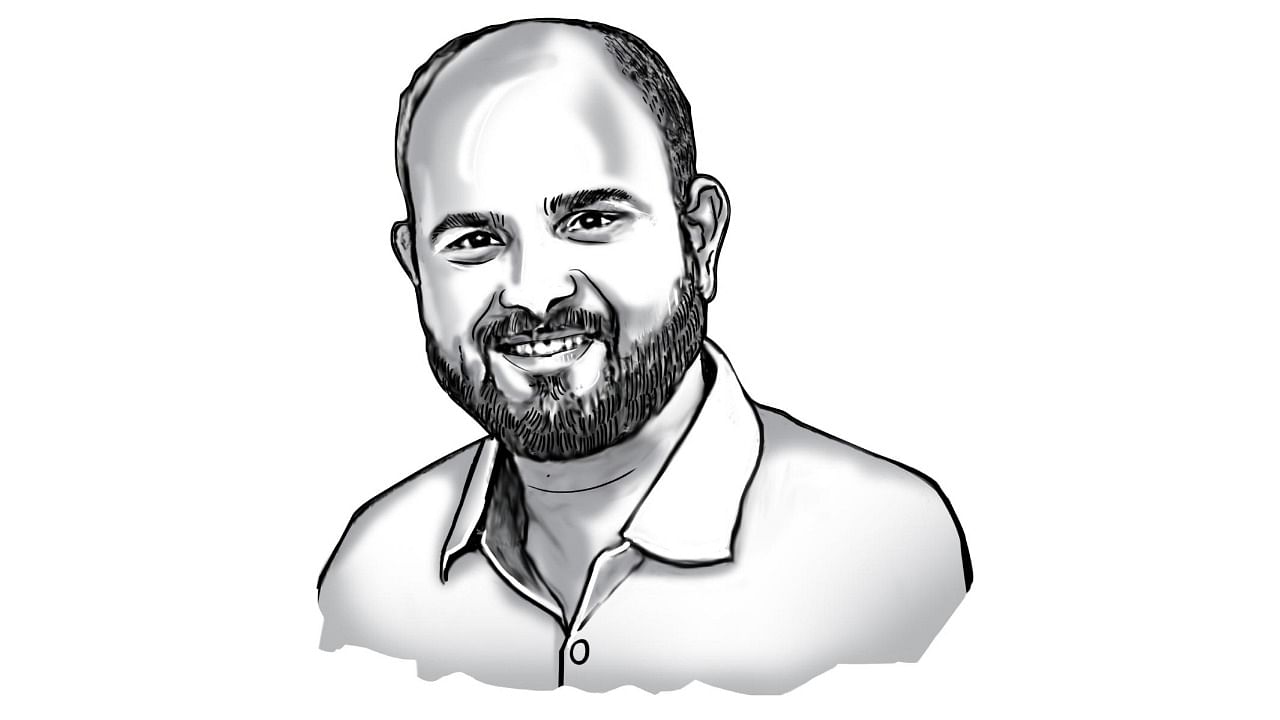
Two recent developments in the broad sphere of Indian education threw light on the paradoxes in its thought processes. One revealed the status of school education and the other, the aspirational strains of higher learning.
At one end of the education spectrum, the recently published Annual Survey of Education Report, 2022, found marginal improvement in school enrolment but underlined the sorry state of infrastructure and underscored how schoolchildren in many states showed a decline in basic features of learning like reading.
Also Read: DH Exclusive | 37 lakh students didn't make it to college in Karnataka
At the other end of the education horizon, the country saw the recent UGC proposal to allow foreign universities to set up campuses in India. Of course, these two phenomena were disparate. The former was a set of unsettling facts about our education and the other was an entreaty of our aspirations. Their apposition showed how out of joint our thinking about education is.
Why would top-line global universities invest in an environment where primary education is poor and whose existing higher education itself has needed augmenting? And why would they, when the number of Indian students going abroad keeps increasing every year? The UGC seems muddled over the way forward for higher education.
Still, let’s examine some cases from elsewhere, where something similar transpired. Universities, especially from the US and UK, set up some campuses in the richer countries of West Asia, South-East Asia, and the Far East. Some have prospered while some have shut down. It’s a chequered record but those investments took place with many cultural and political restrictions in place (especially in West Asia) and, more importantly, where a general level of standard quality existed in all tiers of education there. The existing systems ought to be robust for top-line global educators to feel invested.
So, allowing foreign campuses into India might look promising, but it’s arriving in a climate, with mostly wearied educators often struggling for career advancement and stability in their existing workplaces. As recently as December 2022, Union Education Minister Dharmendra Pradhan stated in the Lok Sabha that 11,000 assistant professor and associate professor positions were vacant in our central universities and the many IITs and IIMs combined. This is uninspiring and hurtful for Indian educators and academics, many of whom have been alumnae of these institutions and aspire to work there.
The second aspect is even more fundamental. Our education ministry proposes a fillip for international universities to set roots in India, but what if we considered international primary and secondary education in the same way? Yes, we have international schools and school systems in India, but they tend to be elitist enclaves. Is there a way to democratise primary and secondary education even more? Imagine, the kind of high-calibre input in terms of infrastructure, pedagogy, learner and educator empowerment for lakhs of schools in India? Imagine partnerships over a long period between our schools and those abroad finding a beautiful meeting ground to bolster our primary and secondary education.
Really, in our situation, should paving the way for foreign universities to collaborate in higher education in India be the priority or should it be taking up the much more challenging work of strengthening existing primary education systems and consolidating existing higher education institutions?
The third point: As per our Constitution, education is a subject within the purview of the states. How much of a say do they have in conversing with a central body like the UGC over framing the entry of foreign universities? Has there been a discussion? It looks increasingly like Indian education has misplaced its fundamental priorities.